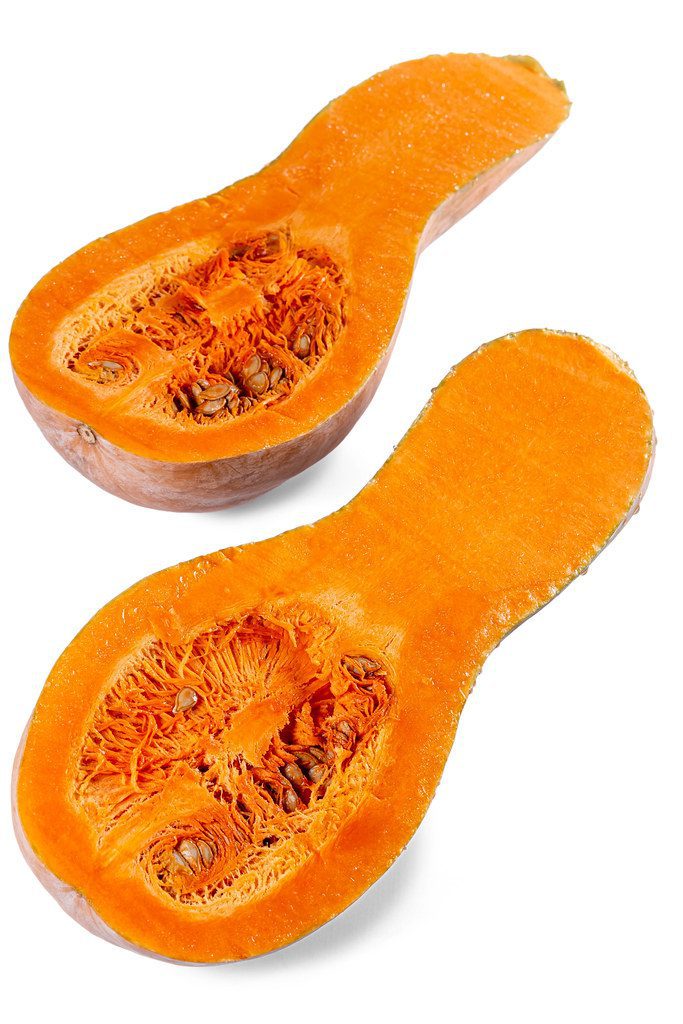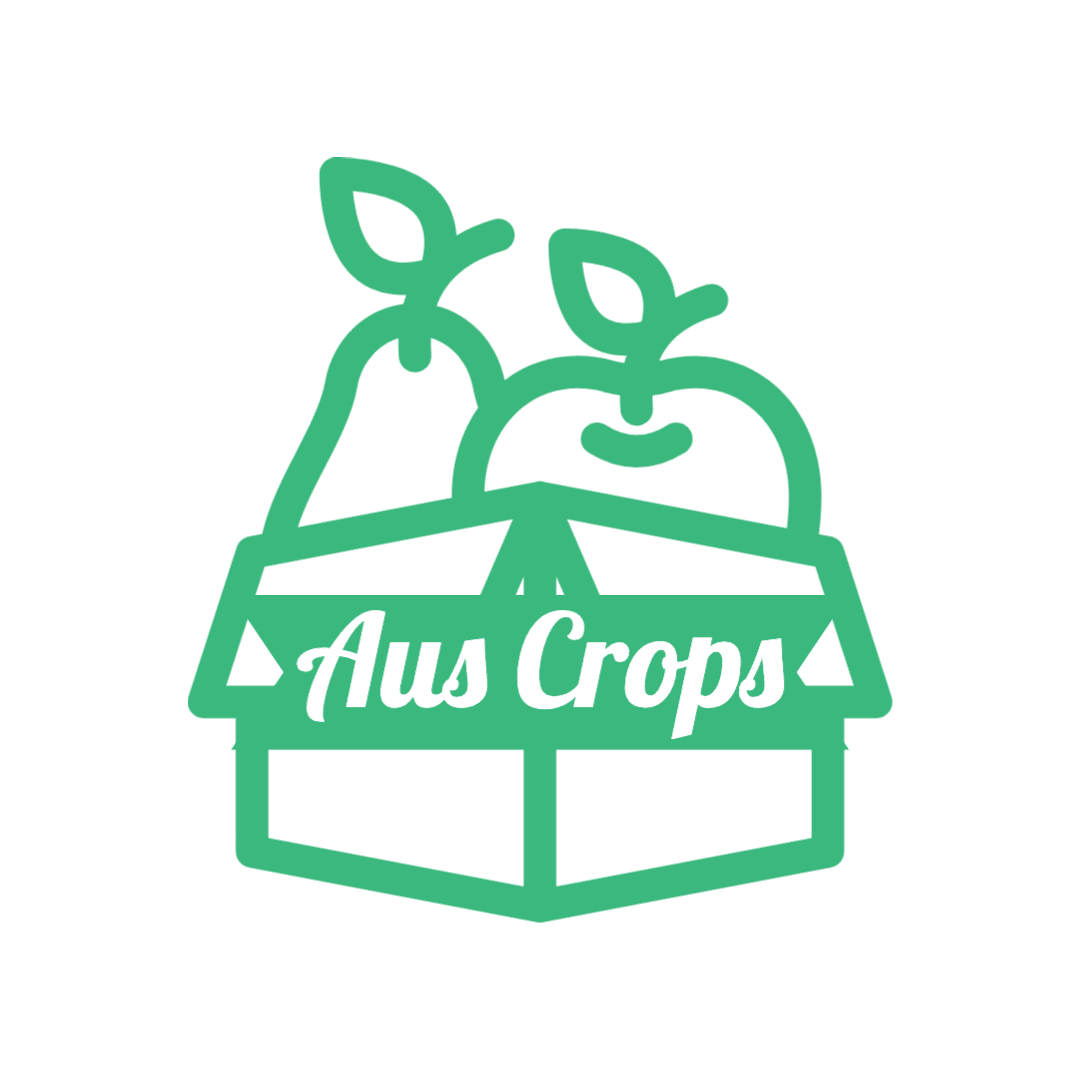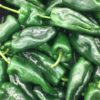
Firstly, introducing Auscrops, a wonderful market vending company bridging farmers and customers together through market vendors. Click here to find out more about butternut as well fruit and vegetable offers.
Butternut – Everything to Know
Butternut squash is a well-known variety of winter squash that can be found in grocery stores and farmers markets during the late summer and early fall months. A highly versatile and can be used for many types of dishes. It has a sweet, nutty flavor that pairs well with other seasonal ingredients like apples, pears, onions, and sage. Let’s explore some information and facts about butternut squash so you know how to select, store, and cook it properly.
Nutritional Value
An excellent source of dietary fiber as well as essential vitamins such as vitamin A, C, E, B6, folate, thiamin and riboflavin. It also contains minerals such as magnesium, potassium and calcium. This makes it a healthy addition to any meal plan.
Selecting Butternut Squash
When selecting butternut squash choose ones that are heavy for their size with firm skin that have no blemishes or soft spots. Avoid ones that have greenish patches on the skin or are too soft when pressed lightly since these indicate they may be overripe or rotten inside. The color should be even throughout the entire surface with no discolorations or signs of wilting.
Storing
Butternut squash will keep for up to two months in a cool location. Away from direct sunlight such as inside a pantry or cupboard. If kept at room temperature they will last around one week before going bad. So make sure you place them in the refrigerator if you don’t plan on using them right away. To ensure maximum freshness only cut off what you need prior to cooking. With storing you don’t allow air to get into the remaining flesh. Which can cause it to spoil quicker than expected.
Cooking
Butternut squash can be cooked in many different ways such as baking, boiling, steaming or microwaving. When baking it is important to preheat your oven before placing your butternut squash in it. Since this helps the vegetable cook evenly throughout its entire surface area. Without leaving any raw pieces left behind after cooking time has elapsed. Additionally adding oil (or butter) on top of your butternut squash prior to roasting allows for even more flavor absorption while still retaining moisture inside its flesh when served hot from your oven!
Conclusion:
Butternut squash is a popular winter vegetable that is nutritious and versatile enough for many dishes both savory and sweet alike! With its sweet nutty flavor this vegetable pairs well with other seasonal ingredients like apples, pears onions and sage making it perfect for soups stews pies casseroles etc.
Click here to read similar articles.
 Français
Français 











